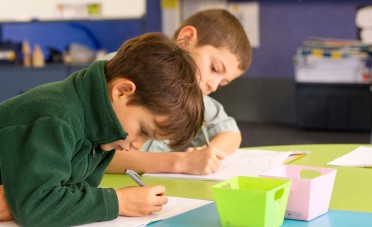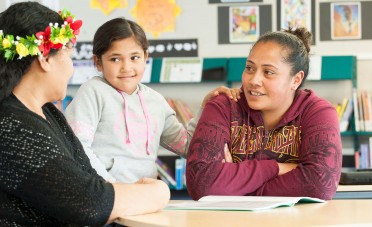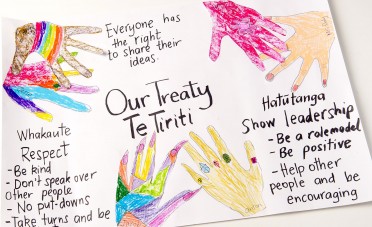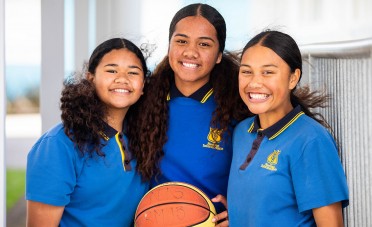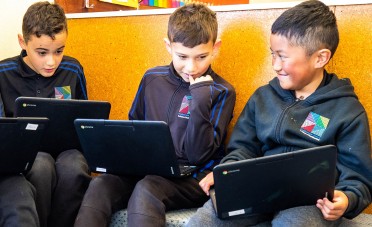Enhancing relationships: Communication skills for successful friendships
Through dramatic inquiry, communication skills for successful friendships gives ākonga the opportunity to explore a range of interpersonal skills that promote mental health and are helpful for navigating changing relationships including:
- using active listening skills in mediation situations
- using 'I' statements to express feelings verbally
- giving and receiving positive and negative feedback
- using assertiveness to support healthy decisions
- using negotiation skills to resolve conflict in relationships.
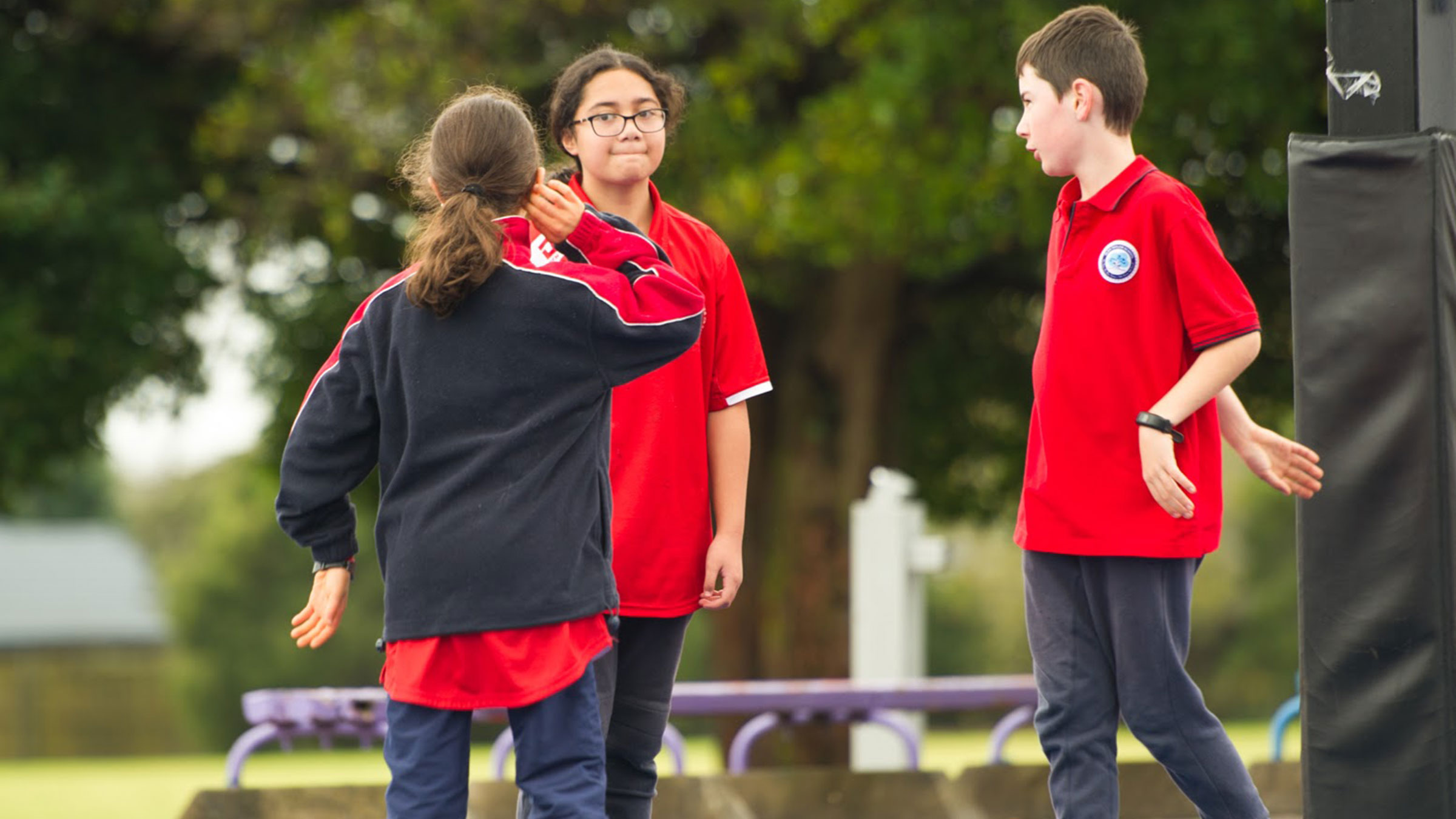
Understanding ourselves and getting on together — Activity collection
This resource is part of the Understanding ourselves and getting on together collection.
Possible learning activities
The following activities for listening and communication build on the skills that were introduced in the related resources Active listening and Being assertive, and are cited here from Mental, Health, Education and Hauora: Teaching Interpersonal Skills, Resilience and Wellbeing (Fitzpatrick, Riedel, Tasker, Webber, and Wells. NZCER Press; 2018). This book is an invaluable resource for kaiako teaching ākonga from year 7 up; it aims to empower and equip rangatahi with the skills and knowledge to navigate through challenges, changes and relationships.
Listening
- Exploring non-verbal communication (lesson 78, page 228)
- Real listening and pseudo listening (lesson 79, page 231)
- Paraphrasing and summarising (Lesson 82, page 237)
- Observing and reflecting feelings (Lesson 83, page 239).
Using feedback and assertiveness skills to make healthy decisions in relationships
- Types of behaviour; understanding passive, aggressive, and assertive response behaviours (Lesson 94, page 257).
- Giving and receiving positive and negative feedback, and asking for change (Lessons 98, 99 and 100, page 266–273).
Resolving conflict
- Understanding conflict (Lesson 111, page 299)
- Resolving conflict in friendships (Lesson 112 and 113, pages 301–304).
Cultural and diversity considerations
All ākonga are part of wider whānau, hapū, iwi, and other community groups. Culturally capable kaiako and tumuaki know, value and integrate the cultural capital of their ākonga into the work of creating positive classroom communities. Classroom programmes dealing with mental health should be sensitively developed so that they respect and reflect the diverse values and beliefs of ākonga and the whole school community.
Kaiako of Pacific ākonga should consider what assertiveness looks like for the Pacific peoples represented in their classrooms, and may need to engage with whānau to deepen their understanding here. More guidance for dialogue with Pacific whānau can be found on Engaging with parents, families and communities, which is part of Tapasā on TKI.
Links to the HPE underlying concepts
Hauora
Taha whānau, taha hinengaro, and taha wairua - using effective communication skills to interact positively with others and enhance emotional wellbeing, identity, and self-worth.
Attitudes and values
Developing a positive and responsible attitude towards their own wellbeing, displaying care and concern, and respecting the rights of others.
Read more about the underlying concepts.
Kaiako notes
Focus inquiry questions around the learning outcomes before and after the activities to support ākonga to reflect and think critically about the activities.
